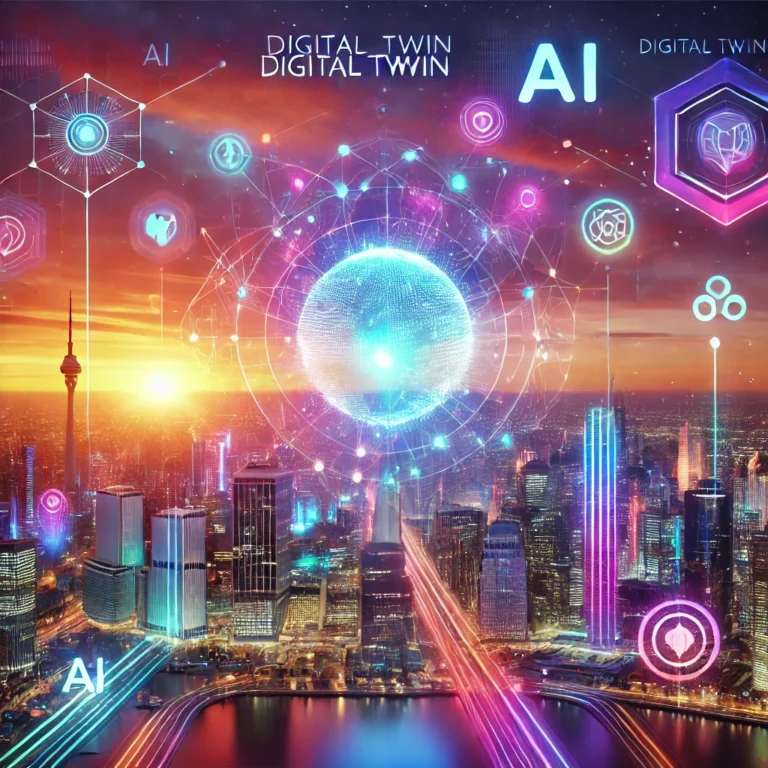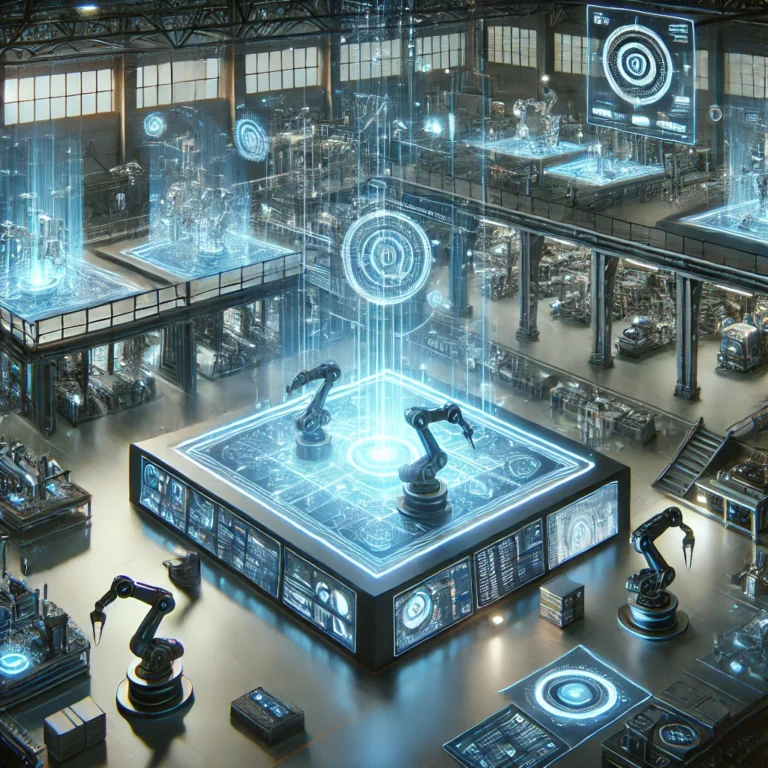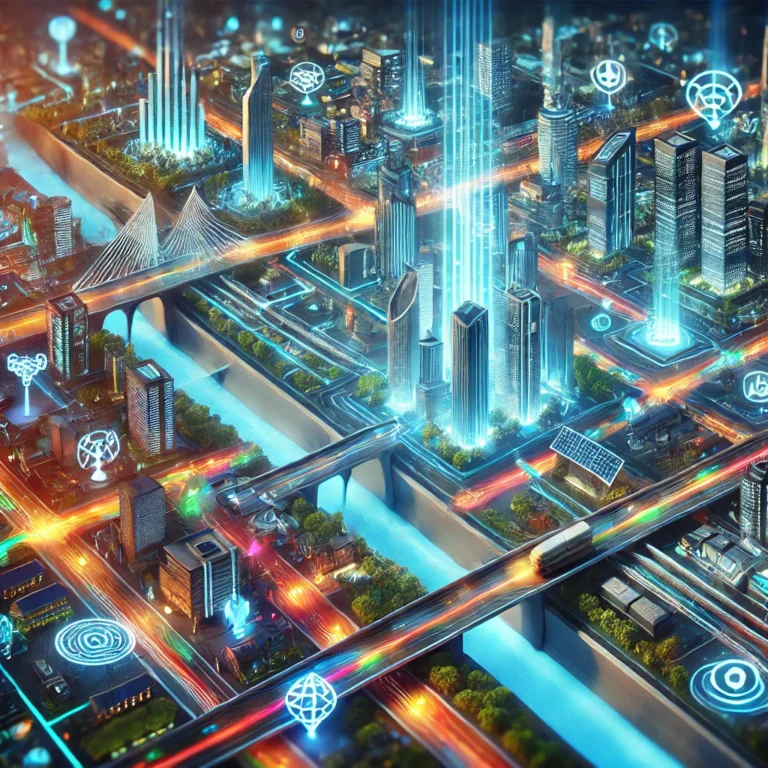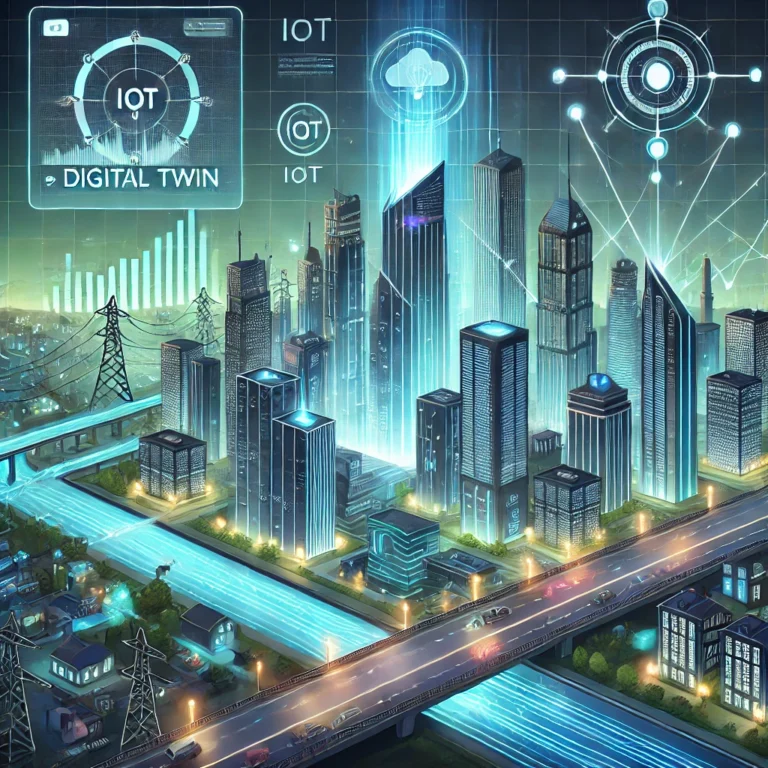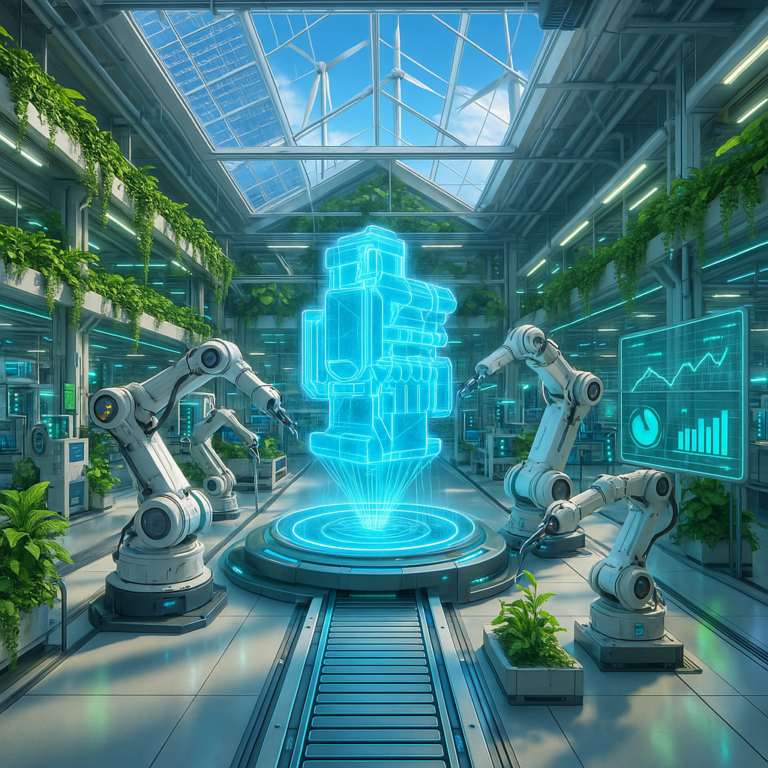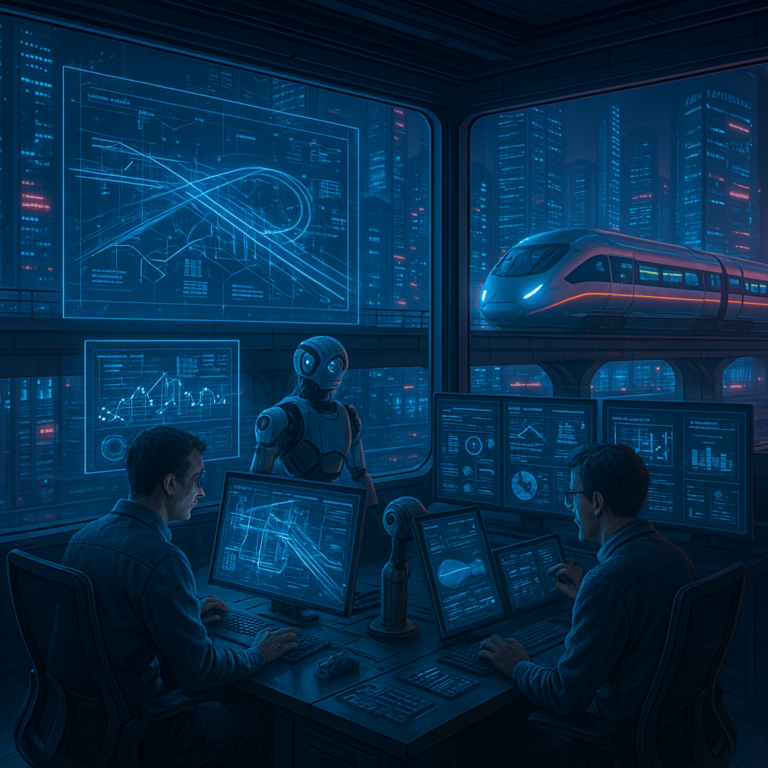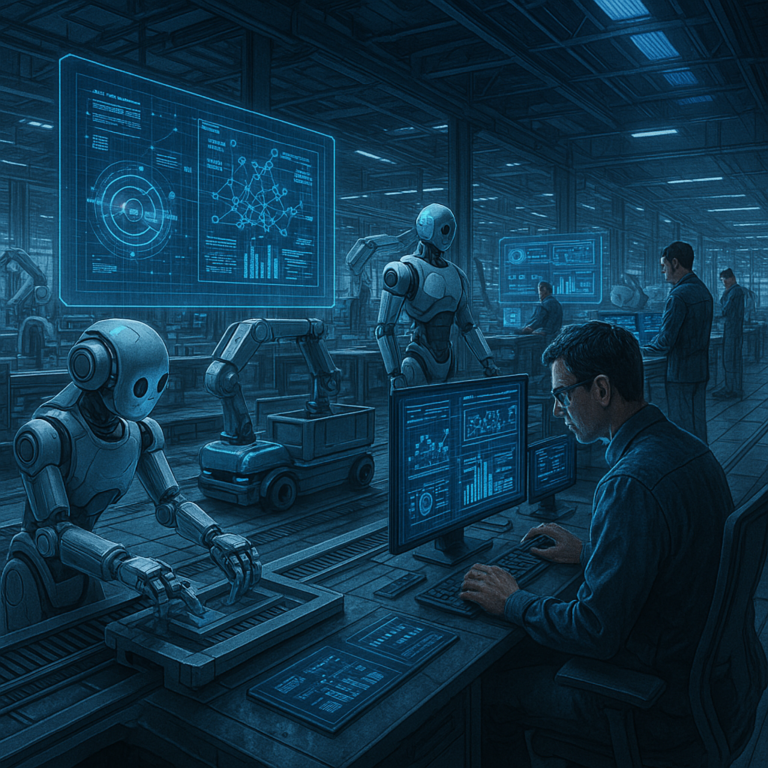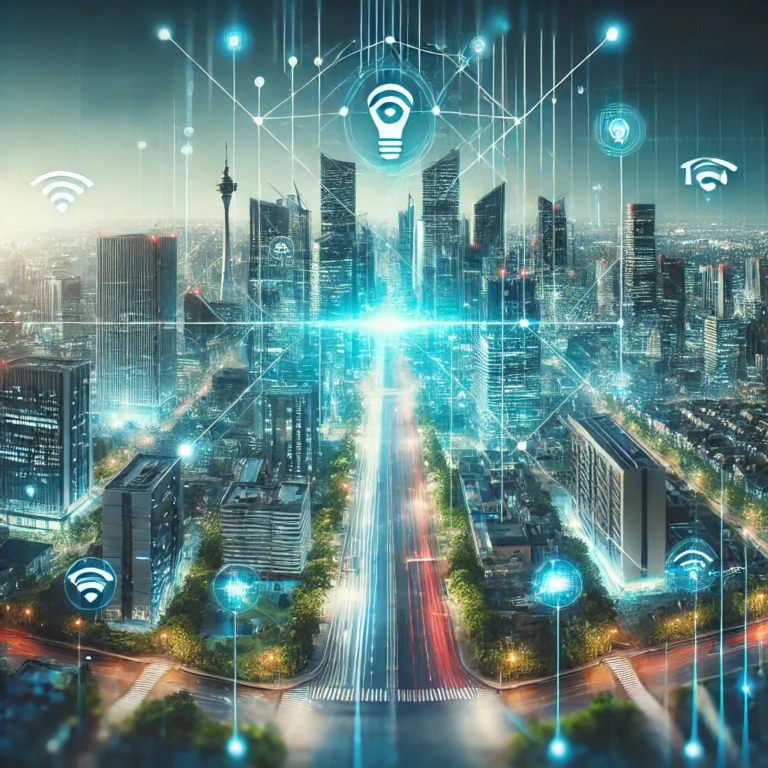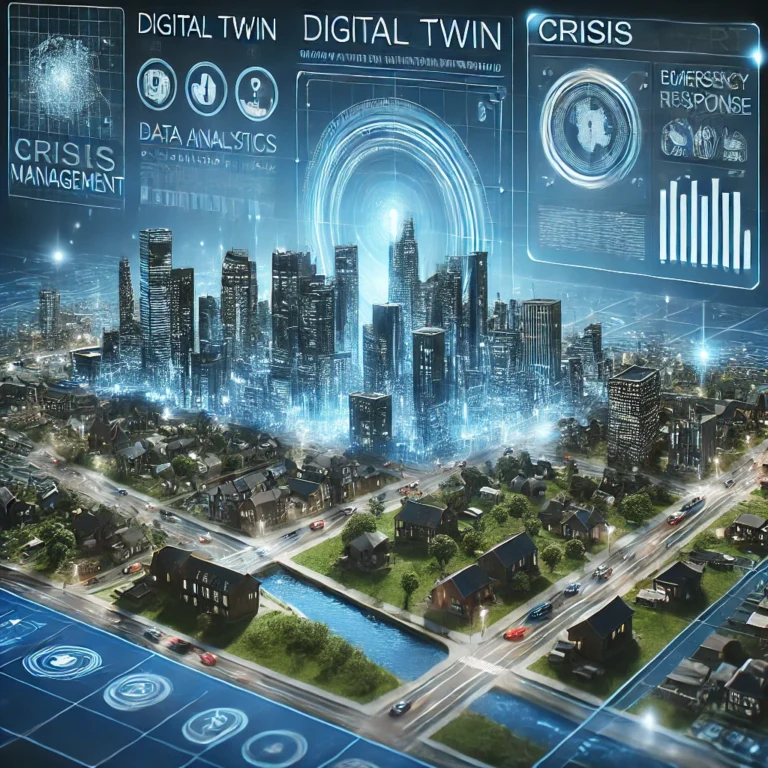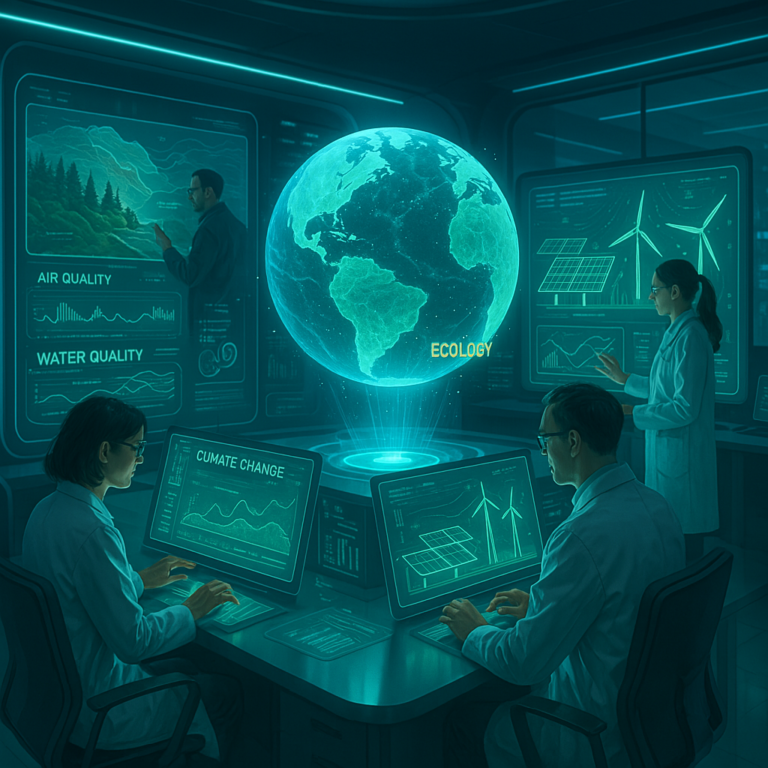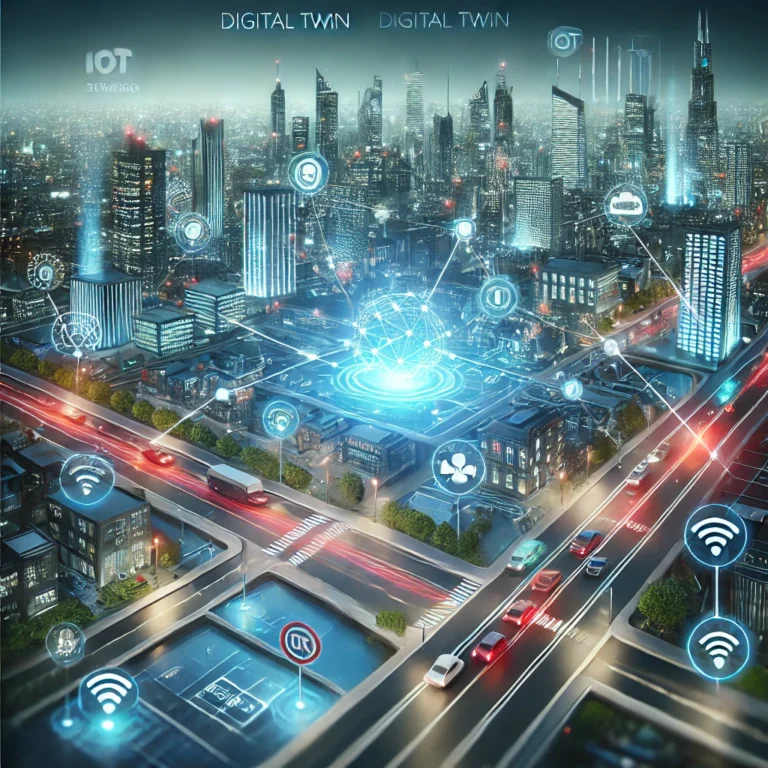Digital twin technology has rapidly transformed industries such as manufacturing, urban planning, healthcare, and transportation. However, this is just the beginning. In 2025 and beyond, digital twins will become smarter, more connected, and more sustainable. So, what kind of future lies ahead?
From Data to Value: The Evolution of Digital Twins
Initially, digital twins worked as digital copies of physical assets. Today, they do much more than just observe. They analyze data, create predictions, and guide strategic decisions.
Artificial intelligence (AI), machine learning (ML), and big data play a central role in this shift.
- Predictive Maintenance: Smart systems detect problems before breakdowns happen.
- Real-Time Simulations: Teams can test different scenarios to reduce risk and improve planning.
As a result, digital twins now help shape future strategies instead of just reporting the past.
An Expanding World of Data with IoT
The Internet of Things (IoT) continues to enhance digital twins. It does so by providing real-time, diverse data streams. As a result, businesses gain full visibility into both individual parts and entire systems.
- Smart Cities: Planners monitor traffic, water, and infrastructure to improve city life.
- Healthcare: Doctors use real-time patient data to create personalized treatment plans.
Therefore, digital twins are now supporting both public systems and personal well-being.
AI-Driven Autonomous Systems
With AI, digital twins are no longer passive tools. They learn from data, make decisions, and adapt in real time. This change boosts flexibility in many industries.
- Flexible Manufacturing: Factories adjust workflows instantly with live data.
- Agile Supply Chains: Managers act faster when market conditions change.
- Energy Monitoring: Systems optimize energy use and reduce waste.
Moreover, businesses gain more control while also cutting costs and improving sustainability.
Interactive Digital Twins in the Metaverse
Digital twins are entering a new phase through virtual reality (VR), augmented reality (AR), and the metaverse. These tools allow users to interact with systems in immersive ways.
- Virtual Training: Teams practice safely in lifelike simulations.
- Remote Monitoring: Leaders supervise operations through mobile dashboards.
- Scenario Testing: Companies plan better using real-time, data-driven simulations.
In short, digital twins are not just data tools. They are now becoming interactive environments.
Digital Twins and the Path to Sustainability
In the future, digital twins will be key to reaching sustainability goals. They help companies track performance and reduce their environmental impact.
- Carbon Tracking: Businesses monitor emissions and adjust actions instantly.
- Smart Waste Management: Digital systems identify waste and suggest recycling improvements.
- Renewable Energy Planning: Data helps balance energy production and usage.
Therefore, digital twins support not only smarter decisions but also a greener world.

